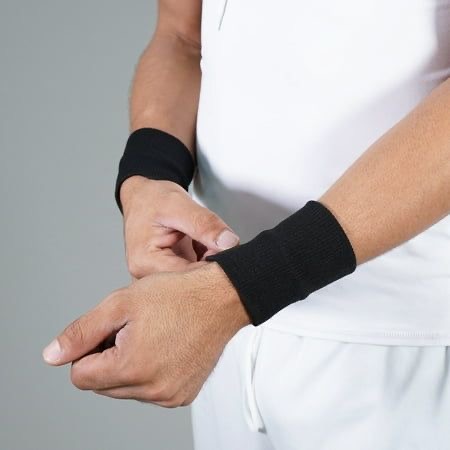Does a Yoga Mat Make a Difference?

When you’re diving into the world of yoga, one question that often pops up is whether a yoga mat is really necessary. As someone who enjoys the practice, you might wonder if investing in a yoga mat will truly make a difference or if you can make do with alternatives. Let’s explore this topic to help you decide what works best for you.
The Benefits of a Yoga Mat
Enhanced Stability
One of the main benefits of a yoga mat is its non-slip surface. When you’re in a downward-facing dog or attempting a challenging pose, a mat helps prevent slipping, allowing you to focus on your alignment and balance. This stability can be particularly helpful if you’re practicing on a slick or uneven surface.
Comfort and Cushioning
Yoga mats provide cushioning that can help protect your joints, especially during poses that require kneeling or sitting. The extra padding can make a significant difference if you’re practicing on a hard floor, offering more comfort and reducing the risk of strain or injury.
Defining Your Space
A yoga mat helps define your practice area, creating a personal space for your session. This can be particularly useful in a shared space or when practicing at home, as it signals to yourself and others that it’s time to focus on your yoga practice.
Hygiene
Using a yoga mat provides a clean surface for your practice. Even if you’re practicing in a studio, a mat can act as a barrier between you and the studio floor, helping to keep your practice more hygienic.
Alternatives to Yoga Mats
While yoga mats offer many benefits, they’re not the only option for your practice. Here are a few alternatives to consider:
Towels
A large towel or beach towel can serve as a temporary substitute for a yoga mat. It’s especially handy if you’re traveling or don’t want to invest in a mat immediately. Just make sure the towel stays in place and doesn’t slip during your practice.
Carpeted Surfaces
If you have a thick carpet at home, it can provide some cushioning and grip. However, the texture and support might not be as effective as a yoga mat, and it may not be ideal for more dynamic practices.
Exercise Mats
Exercise or gym mats can be used as an alternative. They’re often thicker and provide more cushioning than a standard yoga mat, which can be beneficial for certain types of workouts.
Blankets
A folded blanket can offer a soft surface for seated or restorative poses. It can be a good temporary solution if you’re not ready to commit to a yoga mat yet.
Finding What Works for You
Ultimately, whether you choose to use a yoga mat or one of these alternatives depends on your personal preferences and practice needs. If you find that a yoga mat enhances your practice by providing stability, comfort, and a defined space, it may be worth the investment. On the other hand, if you’re just starting out or practicing in a less formal setting, you might find that alternatives work just fine.
Remember, the goal of your yoga practice is to create a comfortable and effective space for yourself. Whether you use a yoga mat or another option, the key is to find what helps you feel grounded, balanced, and focused during your practice.
Conclusion
In the end, you don’t need a fancy mat to have a great yoga experience, but having one can certainly make your practice more enjoyable and effective. So, if you’re considering adding a yoga mat to your routine, go ahead and give it a try. And if not, that’s perfectly okay too—explore the alternatives and find what works best for you.
Feel free to share your experiences with yoga mats or alternative surfaces in the comments. I’d love to hear how different options have worked for your practice!





